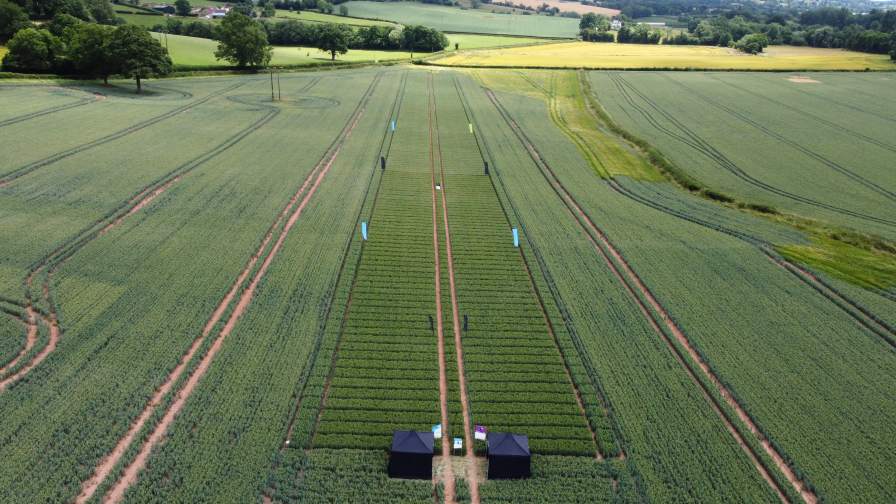10 Key Trends to Watch in Global Agribusiness in 2025
The agribusiness sector stands at a pivotal crossroads in 2025, poised for a year of significant transformation. As the industry faces a multitude of challenges, including economic uncertainty, climate change, and evolving regulatory landscapes, it must adapt and innovate quickly to remain competitive. At the same time, opportunities for growth and progress abound, as advancements in crop protection technologies, biological solutions, and precision agriculture offer new avenues for sustainable farming practices and more efficient production.
-
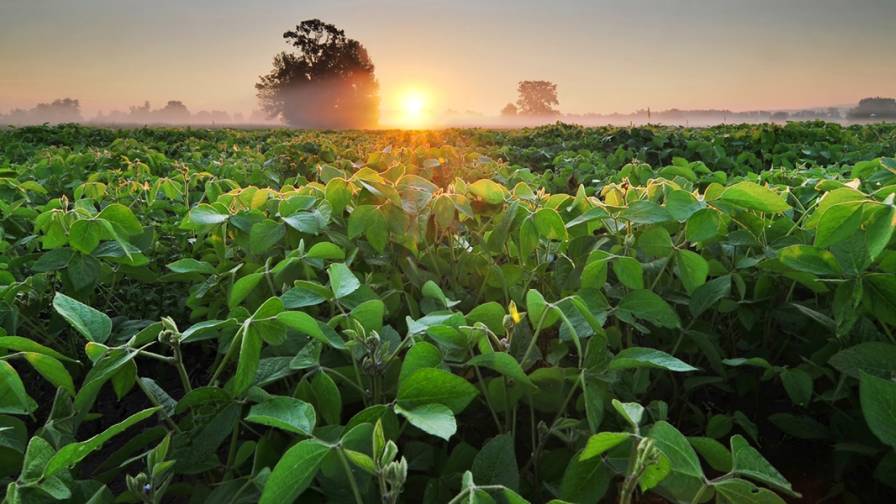
-
1 of 9
Leaders Prioritize Collaboration to Tackle Shared Challenges in 2025

Agribusiness leaders worldwide face share challenges across the agriculture sector, regardless of their region, while also navigating region-specific obstacles and opportunities. In 2025, there is a growing emphasis on collaboration and innovation among agribusiness stakeholders — across regions and even among competitors — to build trust, adopt sustainable practices, and advance technologies such as integrated pest management, biological products, and precision agriculture. To explore these dynamics, AgriBusiness Global invited leaders from 20 international associations to share their strategies for the year ahead. Read more.
-
2 of 9
U.S. Growers Brace for 2025 with Cautious Investment Strategy

As the 2025 agriculture market approaches, a pivotal trend is emerging: U.S. growers are expected to take a wait-and-see approach, carefully holding off on investing in non-essential production products until crop performance in the summer of 2025 can be assessed. Driven by soft commodity prices and economic uncertainty, this cautious stance indicates that sales agronomists will need to present compelling performance data and adopt long-term, multi-year strategies. Read more.
-
3 of 9
CROs Face Increased Complexity in Product Testing
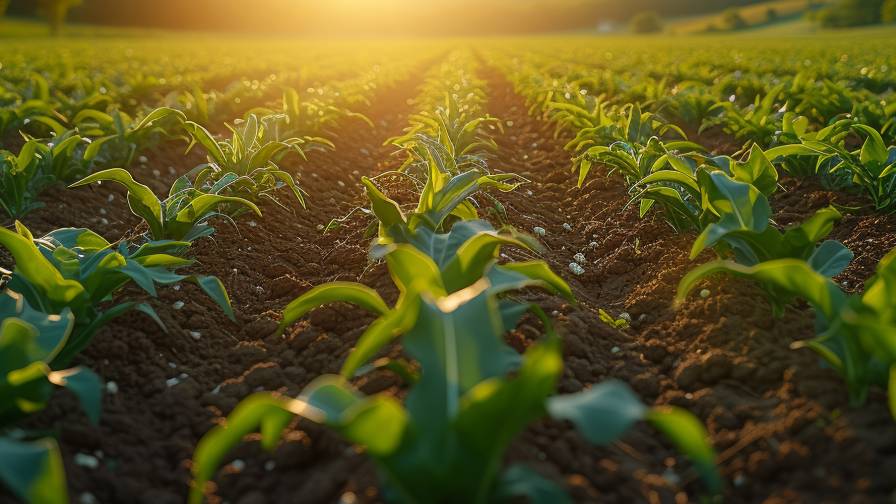
As the agricultural landscape evolves in 2025, contract research organizations (CROs) in both the U.S. and EU are facing increased complexity in product testing. New technologies, such as drone imagery, are being integrated into trials to enhance data accuracy, while CROs are expanding facilities to support the growing demand for biological fertilizers and soil amendments. These shifts are driven by rising fertilizer costs and tighter environmental regulations. To meet these changes, CROs must provide detailed information about their infrastructure, trial sites, and capacity well in advance of planting dates. Read more.
-
4 of 9
EU Poised for 2025 Shift in Biocontrol Product Registration to Accelerate Market Access
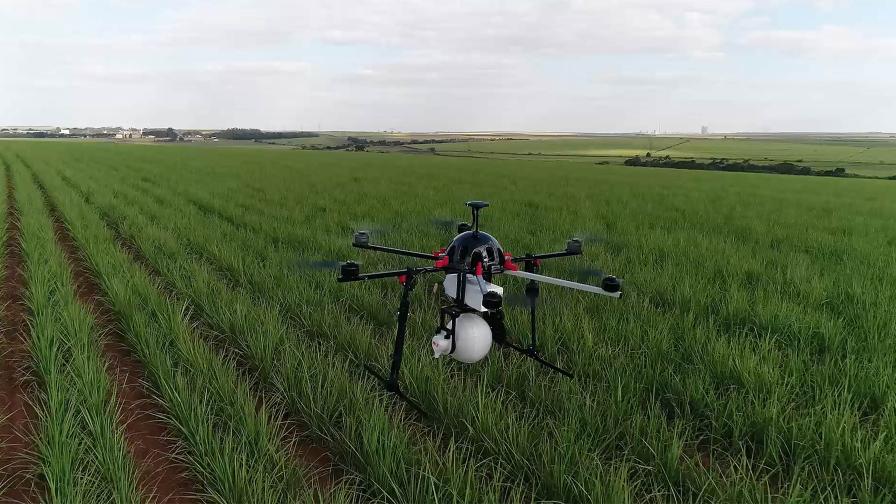
In 2025, a significant shift in the European registration process for biocontrol products is expected, offering a glimmer of hope for faster market access. Currently, these products face long approval timelines of 7 to 10 years, but ongoing discussions between EU authorities and stakeholders aim to streamline the process. With the push for clearer definitions and tailored legislation for biocontrol, this shift could help Europe align with the growing global demand for biological plant protection solutions, ensuring more timely availability of these sustainable alternatives. Read more.
-
5 of 9
Farmers Embrace Technology-Driven, Sustainable Practices in 2025 to Tackle Rising Costs

In 2025, farmers are expected to embrace a more deliberate, technology-driven approach to farming, balancing sustainability with cost-efficiency. As agricultural markets face rising input costs, climate change impacts, and evolving regulatory pressures, growers will increasingly turn to advanced seed technologies, precision agriculture, and regenerative farming practices to optimize their operations. With a growing emphasis on biological products and other innovative solutions, the focus will be on making informed, strategic decisions that maintain productivity and ensure long-term agricultural sustainability in the face of global challenges. Read more.
-
6 of 9
Microbials, RNAi Biocontrols Highlight Leading Products in U.S. Biologicals Market
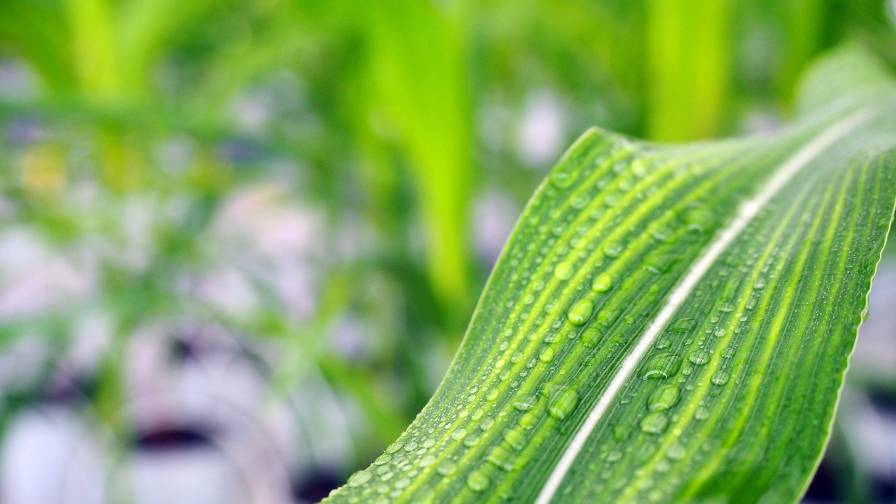
The U.S. remains a promising market for biologicals despite challenges. DunhamTrimmer’s 2025 outlook highlights key trends and barriers for biocontrol and biostimulant products. Microbials are expected to dominate the U.S. biocontrol market, with advancements in peptides, RNAi, and plant extracts also showing potential. Future growth requires addressing row crop market needs and introducing innovative products. Read more.
-
7 of 9
Global Agribusiness Faces Stagflation in 2025

The agribusiness industry is gearing up for a challenging 2025, as stagflation looms large — where rising inflation and economic stagnation create a perfect storm for flat commodity prices and potentially lower farm incomes. With overproduction of grains already weighing heavily on the market, small producers are likely to face even steeper obstacles unless there’s a dramatic shift in input costs, interest rates, or land prices. Read more.
-
8 of 9
AI and New Innovations Accelerate Biological Formulations

In 2025, the biologicals market is set to surge as companies merge the best of both worlds — biologicals and synthetics. Artificial intelligence is stepping in to speed up the development of next-gen formulations, while cutting-edge delivery technologies like slow-release methods and marine-based innovations, such as seaweed biostimulants, pave the way for more effective solutions. The winners in this evolving market will be those who blend strong science with smart marketing and local insights, unlocking vast opportunities in this rapidly expanding field. Read more.
-
9 of 9
Mastering Distribution Strategies Key to U.S. Generic Market Access

In 2025, cracking the code to market access in the U.S. generic ag market will be all about mastering distribution strategies. With a complex network of players — ranging from major distributors like Nutrien to independent retailers and brokers — suppliers must embrace flexibility and deep market knowledge. A carefully crafted approach, balancing cost management and strong relationships, will give companies the competitive edge they need to thrive in a price-sensitive, quality-driven marketplace. Read more.
View all
Leaders Prioritize Collaboration to Tackle Shared Challenges in 2025

U.S. Growers Brace for 2025 with Cautious Investment Strategy

CROs Face Increased Complexity in Product Testing

EU Poised for 2025 Shift in Biocontrol Product Registration to Accelerate Market Access
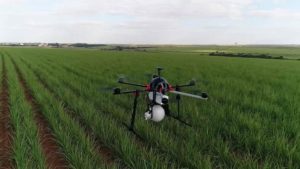
Farmers Embrace Technology-Driven, Sustainable Practices in 2025 to Tackle Rising Costs

Microbials, RNAi Biocontrols Highlight Leading Products in U.S. Biologicals Market
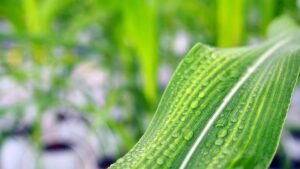
Global Agribusiness Faces Stagflation in 2025

AI and New Innovations Accelerate Biological Formulations

Mastering Distribution Strategies Key to U.S. Generic Market Access

The slideshow above lists key predictions and trends shaping the agribusiness sector in the coming year, providing insights into how companies can position themselves for success. Expect to see how the U.S. crop protection market is adjusting to economic pressures and regulatory changes, as well as the rise of biological solutions as a sustainable alternative to traditional chemicals. Regional market dynamics, from the evolving distribution strategies in the U.S., to the EU’s push for streamlined biocontrol product registrations, will also be examined. Furthermore, we’ll delve into the technological advancements — such as AI in biologicals, drone-powered crop trials, and seed innovations — that are redefining farming practices and boosting productivity.
As pressures mount, companies will need to embrace flexibility, collaboration, and innovation to navigate the shifting landscape. The predictions highlighted here will shed light on how industry leaders are preparing to face these challenges head-on while seizing the opportunities that will define the future of agriculture. Join us as we explore these transformative trends and uncover strategies to help agribusinesses thrive in 2025 and beyond.
Get The Newsletter Today!

Update
Lauren Milligan is Content Specialist for AgriBusiness Global. Before joining Meister Media Worldwide in 2022, she received a bachelor’s degree in English from Kent State University in 2017 and has worked on newspapers local to Portage and Summit Counties in Ohio. See all author stories here.


